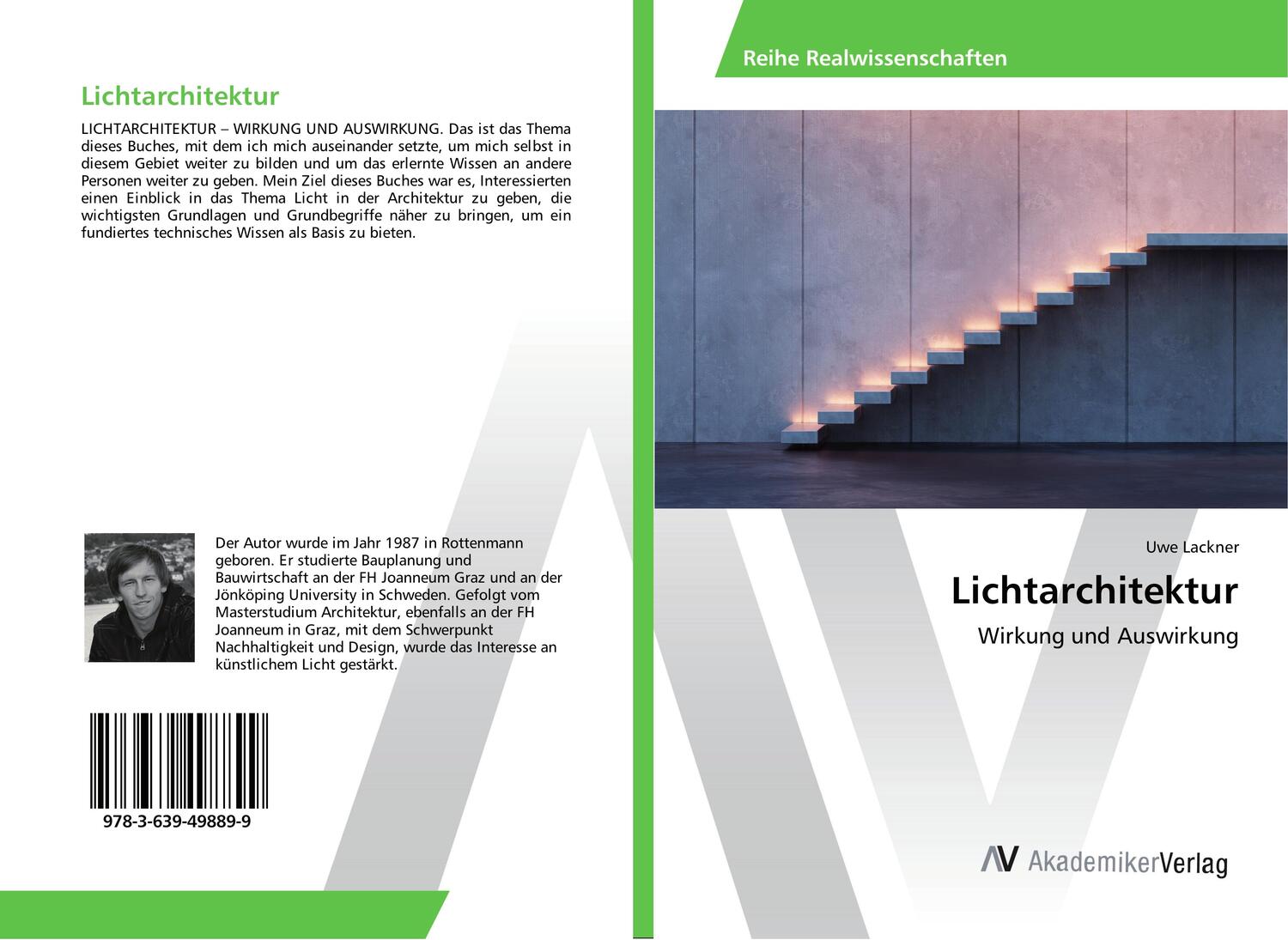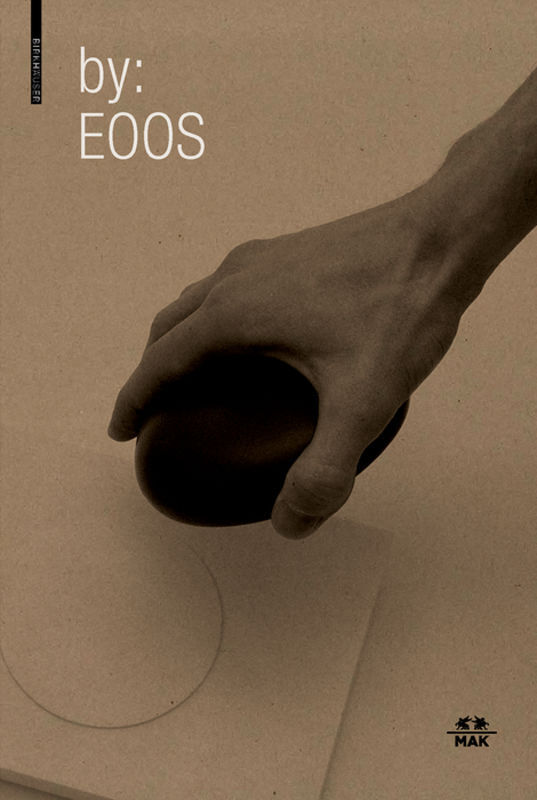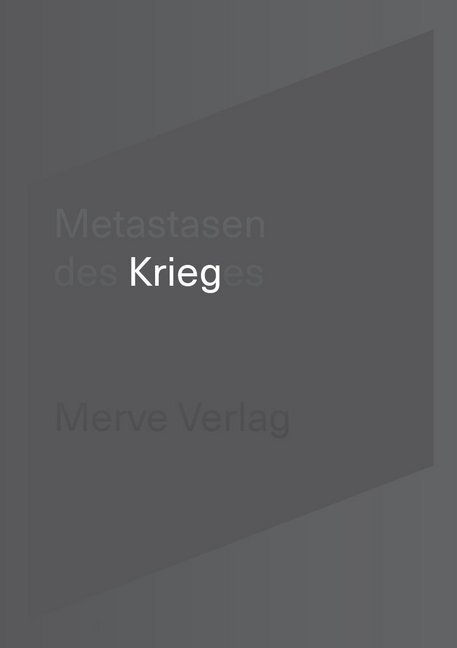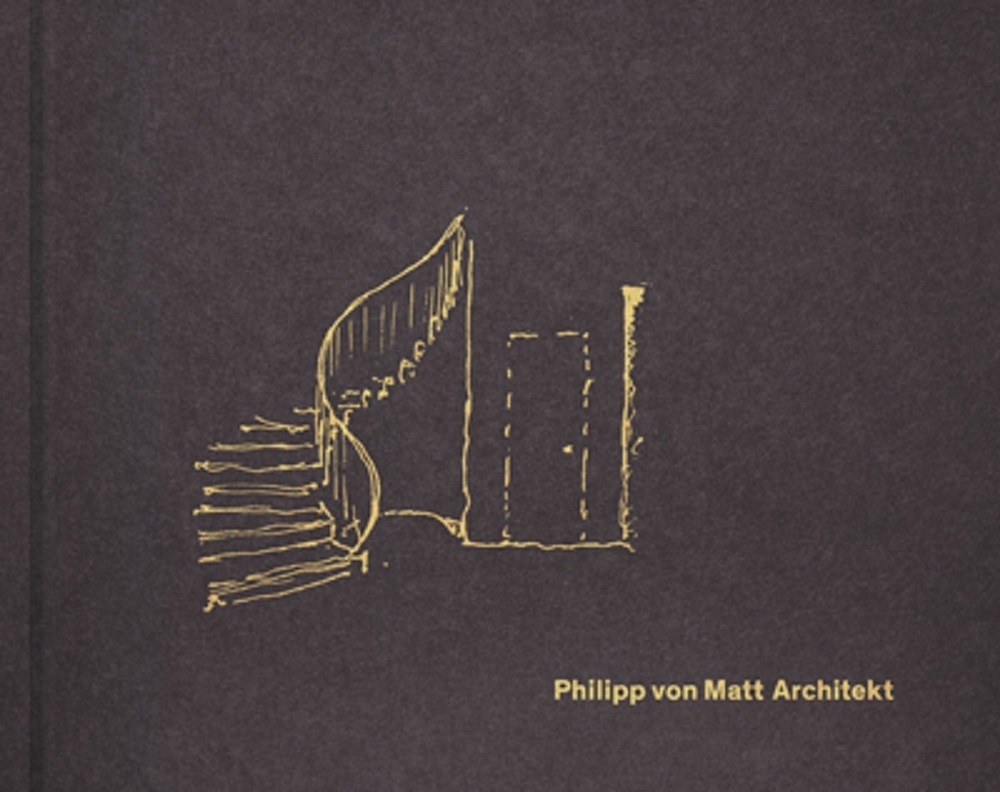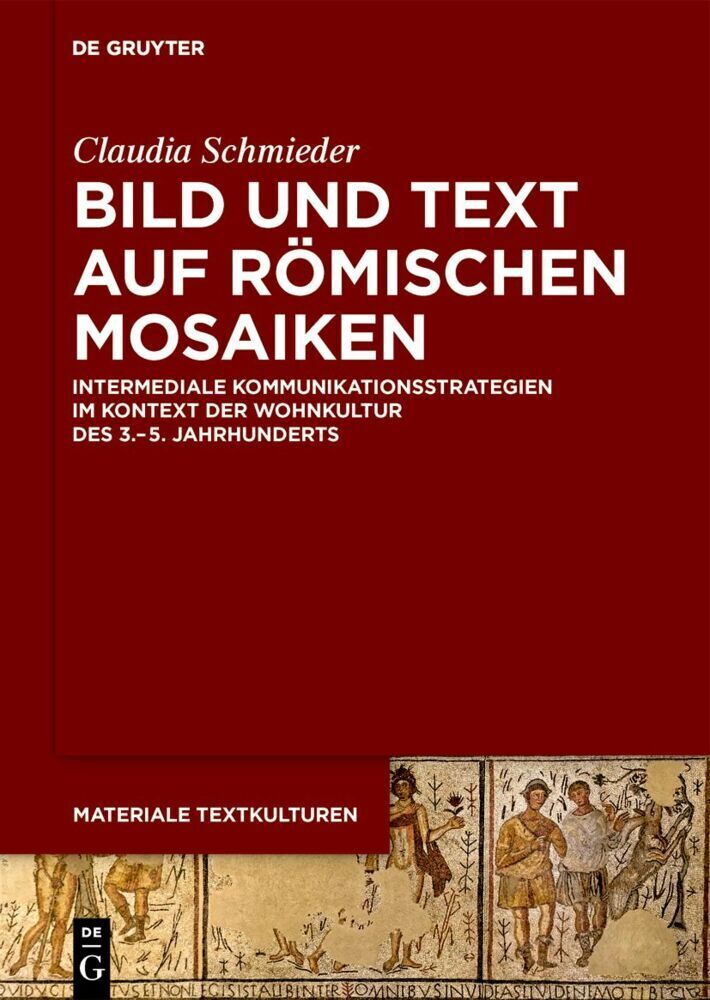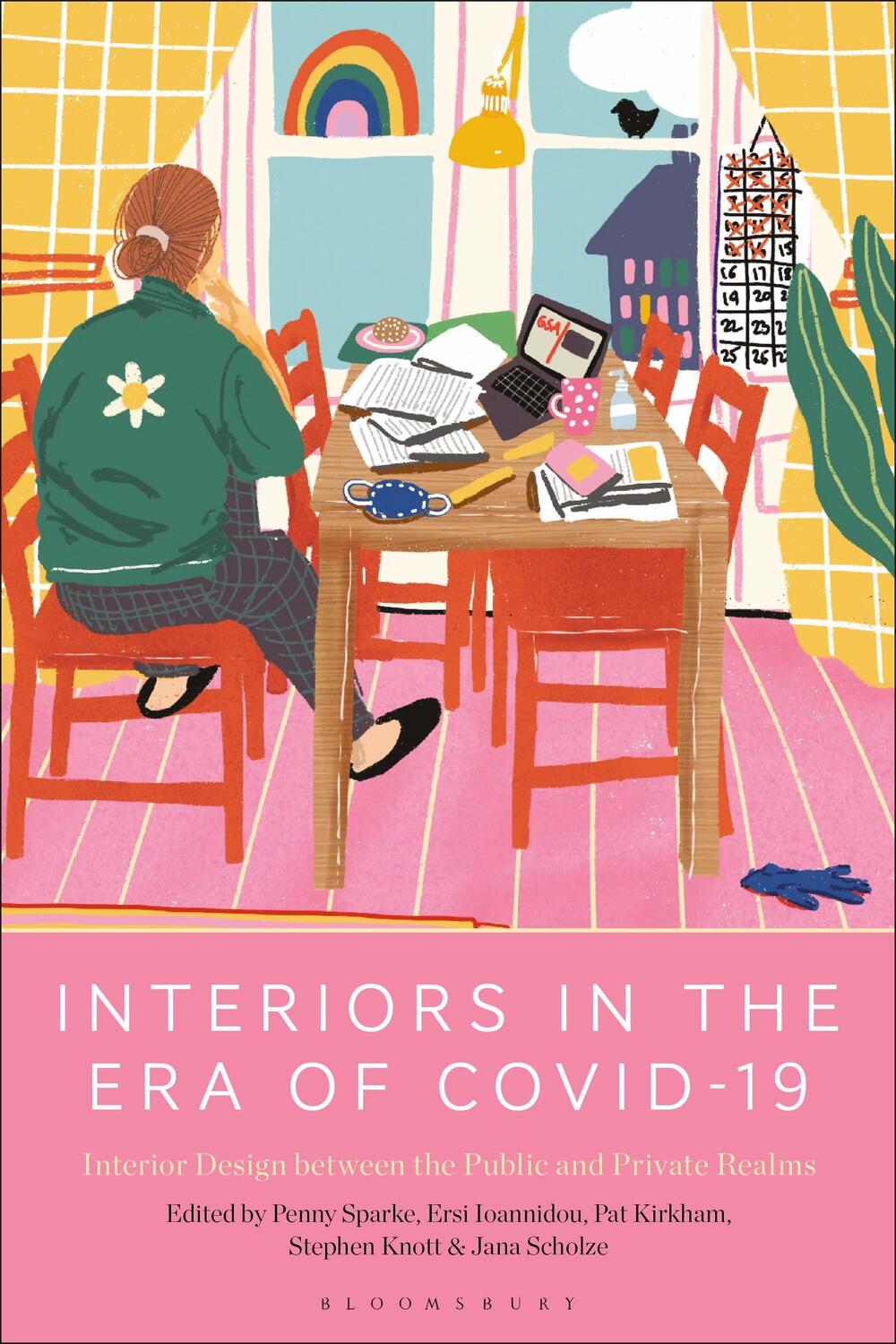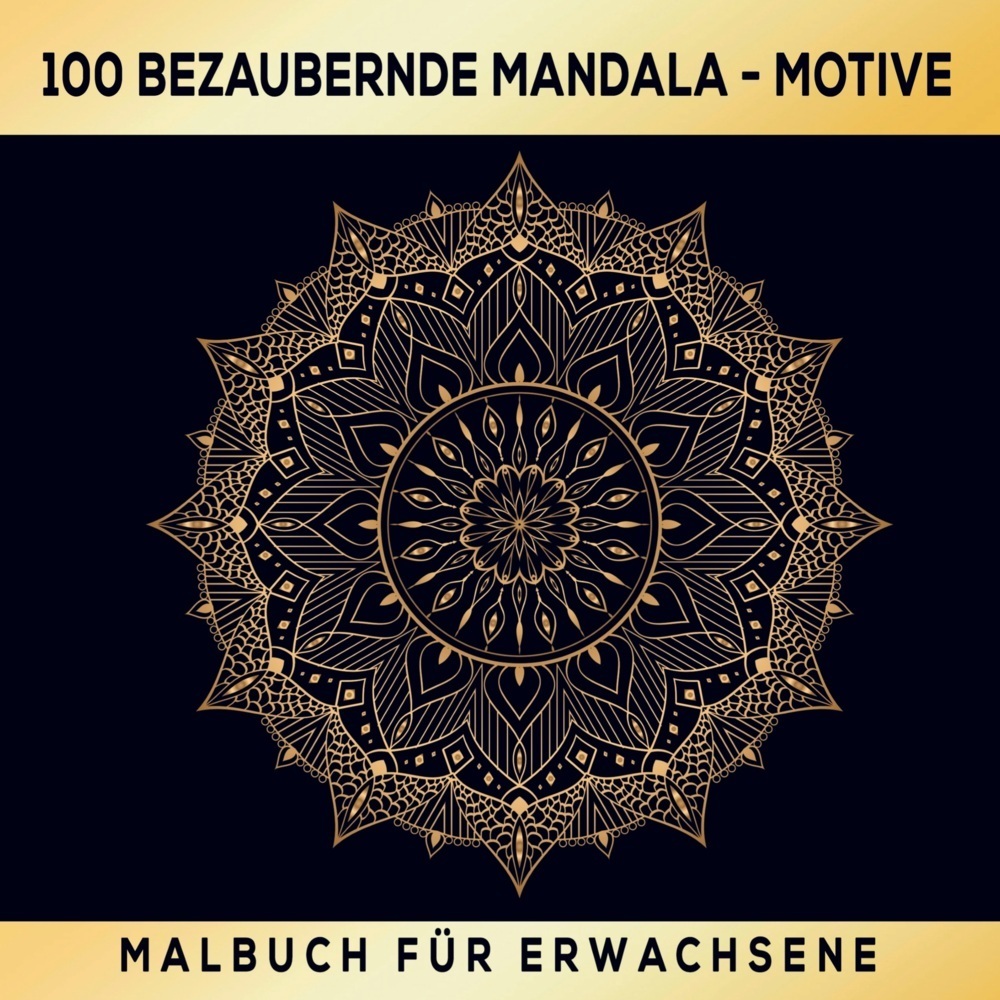Dekorationsartikel gehören nicht zum Leistungsumfang.
Sprache:
Englisch
, Deutsch
49,00 €*
Versandkostenfrei per Post / DHL
Aktuell nicht verfügbar
Kategorien:
Beschreibung
In 1940, manufacturer Robert Bosch (1861-1942)
opened the first hospital to bear his name, which
also followed his principles. One of these is that
the patients' well-being must be served - medically,
but also in terms of equally knowledgeable
and thoughtful care, and all this in buildings that
are as practical as they are good to look at. Bosch
followed the same principles in his work as an industrialist.
Bosch was interested in promoting public
welfare as well as his highly successful business
activities. Since 1964, 92 per cent of Robert
Bosch GmbH has belonged to the Robert Bosch
Foundation, whose dividends benefit education,
science, understanding among nations and health
care. So in 1973 it became possible to open a
new hospital complex in Auerbachstrasse, in
north-east Stuttgart.
There has been continual extension and improvement
of the existing stock by Arcass Freie
Architekten, and in recent years the geriatric rehabilitation
clinic and the very stimulating chapel
in the south corner have been added, both by
Günter Leonhardt, and also the entrance building
by Joachim Schürmann & Partner, this last with
an ambience that is scarcely reminiscent of a hospital.
One side of the access route to this part of
the building is lined with austerely framed pools,
and there are three square pavilions on the other
side. The route leads past the reception to a
vertical 'spina', a glass lift and staircase tower
topped by a viewing terrace rising above everything
else. The appealing housing estate a few
paces to the north is also by Joachim Schürmann
& Partner, and offers dwellings of various types
and sizes for people working in the hospital.
Of course the obvious urge to make everything
as perfect as possible is not expressed only
in the architectural coherence of the buildings,
but appropriately to the foundation's intentions,
everything that happens in them in terms of medical
care is equally well thought through. Very unusually
for a hospital, the well-being of patients
and staff is served not least by the presentation
of selected works of fine art, selected and placed
by a specially formed committee.
Manfred Sack, who has a doctorate in music,
was for almost four decades the architecture
critic for the Hamburg weekly newspaper Die
Zeit. Peter Walser is not only an architect as his
first profession, but also works as a sought-after
designer and architectural photographer. He has
already appeared in the Opus series with the volumes
on Balthasar Neumann's pilgrimage church
in Neresheim and Peter Kulka's Bosch-Haus Heidehof
in Stuttgart.
opened the first hospital to bear his name, which
also followed his principles. One of these is that
the patients' well-being must be served - medically,
but also in terms of equally knowledgeable
and thoughtful care, and all this in buildings that
are as practical as they are good to look at. Bosch
followed the same principles in his work as an industrialist.
Bosch was interested in promoting public
welfare as well as his highly successful business
activities. Since 1964, 92 per cent of Robert
Bosch GmbH has belonged to the Robert Bosch
Foundation, whose dividends benefit education,
science, understanding among nations and health
care. So in 1973 it became possible to open a
new hospital complex in Auerbachstrasse, in
north-east Stuttgart.
There has been continual extension and improvement
of the existing stock by Arcass Freie
Architekten, and in recent years the geriatric rehabilitation
clinic and the very stimulating chapel
in the south corner have been added, both by
Günter Leonhardt, and also the entrance building
by Joachim Schürmann & Partner, this last with
an ambience that is scarcely reminiscent of a hospital.
One side of the access route to this part of
the building is lined with austerely framed pools,
and there are three square pavilions on the other
side. The route leads past the reception to a
vertical 'spina', a glass lift and staircase tower
topped by a viewing terrace rising above everything
else. The appealing housing estate a few
paces to the north is also by Joachim Schürmann
& Partner, and offers dwellings of various types
and sizes for people working in the hospital.
Of course the obvious urge to make everything
as perfect as possible is not expressed only
in the architectural coherence of the buildings,
but appropriately to the foundation's intentions,
everything that happens in them in terms of medical
care is equally well thought through. Very unusually
for a hospital, the well-being of patients
and staff is served not least by the presentation
of selected works of fine art, selected and placed
by a specially formed committee.
Manfred Sack, who has a doctorate in music,
was for almost four decades the architecture
critic for the Hamburg weekly newspaper Die
Zeit. Peter Walser is not only an architect as his
first profession, but also works as a sought-after
designer and architectural photographer. He has
already appeared in the Opus series with the volumes
on Balthasar Neumann's pilgrimage church
in Neresheim and Peter Kulka's Bosch-Haus Heidehof
in Stuttgart.
In 1940, manufacturer Robert Bosch (1861-1942)
opened the first hospital to bear his name, which
also followed his principles. One of these is that
the patients' well-being must be served - medically,
but also in terms of equally knowledgeable
and thoughtful care, and all this in buildings that
are as practical as they are good to look at. Bosch
followed the same principles in his work as an industrialist.
Bosch was interested in promoting public
welfare as well as his highly successful business
activities. Since 1964, 92 per cent of Robert
Bosch GmbH has belonged to the Robert Bosch
Foundation, whose dividends benefit education,
science, understanding among nations and health
care. So in 1973 it became possible to open a
new hospital complex in Auerbachstrasse, in
north-east Stuttgart.
There has been continual extension and improvement
of the existing stock by Arcass Freie
Architekten, and in recent years the geriatric rehabilitation
clinic and the very stimulating chapel
in the south corner have been added, both by
Günter Leonhardt, and also the entrance building
by Joachim Schürmann & Partner, this last with
an ambience that is scarcely reminiscent of a hospital.
One side of the access route to this part of
the building is lined with austerely framed pools,
and there are three square pavilions on the other
side. The route leads past the reception to a
vertical 'spina', a glass lift and staircase tower
topped by a viewing terrace rising above everything
else. The appealing housing estate a few
paces to the north is also by Joachim Schürmann
& Partner, and offers dwellings of various types
and sizes for people working in the hospital.
Of course the obvious urge to make everything
as perfect as possible is not expressed only
in the architectural coherence of the buildings,
but appropriately to the foundation's intentions,
everything that happens in them in terms of medical
care is equally well thought through. Very unusually
for a hospital, the well-being of patients
and staff is served not least by the presentation
of selected works of fine art, selected and placed
by a specially formed committee.
Manfred Sack, who has a doctorate in music,
was for almost four decades the architecture
critic for the Hamburg weekly newspaper Die
Zeit. Peter Walser is not only an architect as his
first profession, but also works as a sought-after
designer and architectural photographer. He has
already appeared in the Opus series with the volumes
on Balthasar Neumann's pilgrimage church
in Neresheim and Peter Kulka's Bosch-Haus Heidehof
in Stuttgart.
opened the first hospital to bear his name, which
also followed his principles. One of these is that
the patients' well-being must be served - medically,
but also in terms of equally knowledgeable
and thoughtful care, and all this in buildings that
are as practical as they are good to look at. Bosch
followed the same principles in his work as an industrialist.
Bosch was interested in promoting public
welfare as well as his highly successful business
activities. Since 1964, 92 per cent of Robert
Bosch GmbH has belonged to the Robert Bosch
Foundation, whose dividends benefit education,
science, understanding among nations and health
care. So in 1973 it became possible to open a
new hospital complex in Auerbachstrasse, in
north-east Stuttgart.
There has been continual extension and improvement
of the existing stock by Arcass Freie
Architekten, and in recent years the geriatric rehabilitation
clinic and the very stimulating chapel
in the south corner have been added, both by
Günter Leonhardt, and also the entrance building
by Joachim Schürmann & Partner, this last with
an ambience that is scarcely reminiscent of a hospital.
One side of the access route to this part of
the building is lined with austerely framed pools,
and there are three square pavilions on the other
side. The route leads past the reception to a
vertical 'spina', a glass lift and staircase tower
topped by a viewing terrace rising above everything
else. The appealing housing estate a few
paces to the north is also by Joachim Schürmann
& Partner, and offers dwellings of various types
and sizes for people working in the hospital.
Of course the obvious urge to make everything
as perfect as possible is not expressed only
in the architectural coherence of the buildings,
but appropriately to the foundation's intentions,
everything that happens in them in terms of medical
care is equally well thought through. Very unusually
for a hospital, the well-being of patients
and staff is served not least by the presentation
of selected works of fine art, selected and placed
by a specially formed committee.
Manfred Sack, who has a doctorate in music,
was for almost four decades the architecture
critic for the Hamburg weekly newspaper Die
Zeit. Peter Walser is not only an architect as his
first profession, but also works as a sought-after
designer and architectural photographer. He has
already appeared in the Opus series with the volumes
on Balthasar Neumann's pilgrimage church
in Neresheim and Peter Kulka's Bosch-Haus Heidehof
in Stuttgart.
Details
| Erscheinungsjahr: | 2010 |
|---|---|
| Genre: | Geisteswissenschaften, Kunst, Musik |
| Medium: | Buch |
| Seiten: | 119 |
| Reihe: | Opus |
| Inhalt: | Gebunden |
| ISBN-13: | 9783932565687 |
| ISBN-10: | 3932565681 |
| Sprache: |
Englisch
Deutsch |
| Ausstattung / Beilage: | 120 S., 116 Illustr. |
| Einband: | Gebunden |
| Autor: | Sack, Manfred |
| Kamera: | Walser, Peter |
| Übersetzung: | Robinson, Michael |
| Hersteller: |
Edition Axel Menges
Edition Axel Menges GmbH |
| Abbildungen: | mit 50 Farbfotos. |
| Maße: | 309 x 288 x 17 mm |
| Von/Mit: | Manfred Sack |
| Erscheinungsdatum: | 18.02.2010 |
| Gewicht: | 1,194 kg |
Details
| Erscheinungsjahr: | 2010 |
|---|---|
| Genre: | Geisteswissenschaften, Kunst, Musik |
| Medium: | Buch |
| Seiten: | 119 |
| Reihe: | Opus |
| Inhalt: | Gebunden |
| ISBN-13: | 9783932565687 |
| ISBN-10: | 3932565681 |
| Sprache: |
Englisch
Deutsch |
| Ausstattung / Beilage: | 120 S., 116 Illustr. |
| Einband: | Gebunden |
| Autor: | Sack, Manfred |
| Kamera: | Walser, Peter |
| Übersetzung: | Robinson, Michael |
| Hersteller: |
Edition Axel Menges
Edition Axel Menges GmbH |
| Abbildungen: | mit 50 Farbfotos. |
| Maße: | 309 x 288 x 17 mm |
| Von/Mit: | Manfred Sack |
| Erscheinungsdatum: | 18.02.2010 |
| Gewicht: | 1,194 kg |
Warnhinweis



